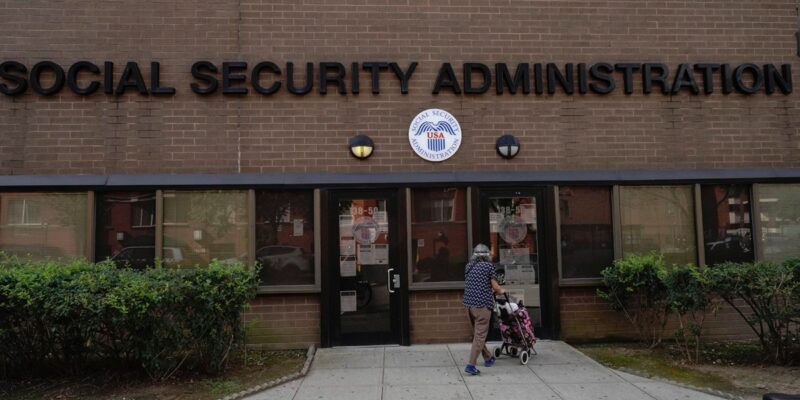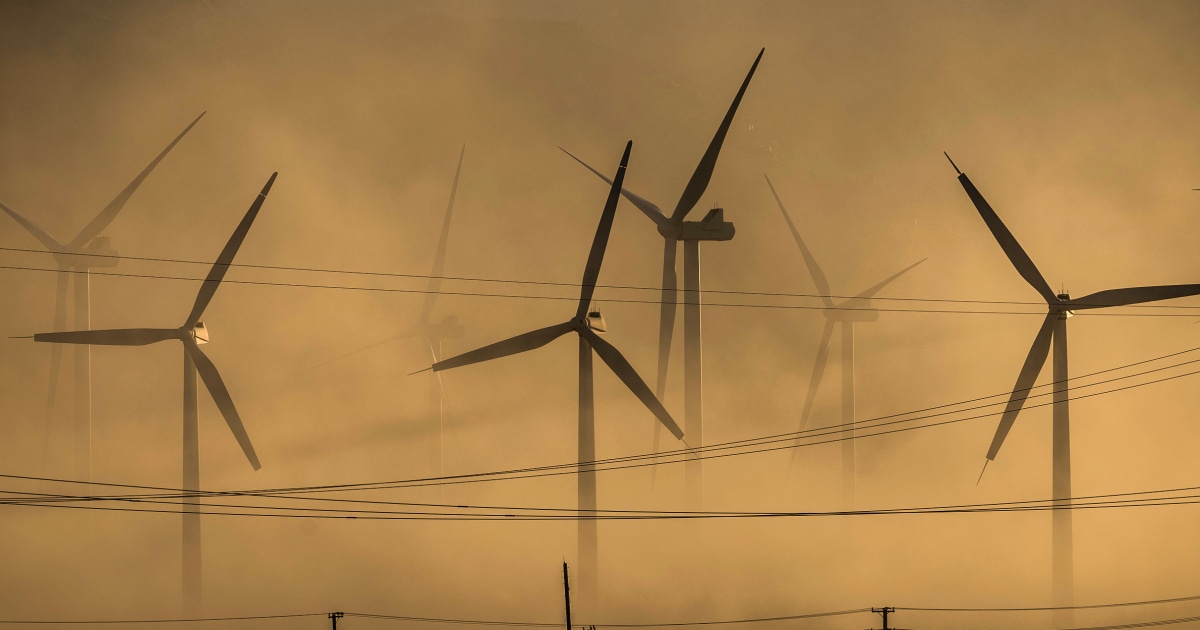
If the federal government shuts down this weekend, work at numerous publicly funded agencies would slow or stop altogether, while millions of government employees would stop receiving paychecks.
But Social Security benefits would still go out.
Social Security is considered a mandatory program, and it’s not funded by the shorter-term continuing-resolution bills that have kept the government operating in recent years amid Washington political gridlock.
Some 72.8 million people receive monthly Social Security benefits. Those benefits go primarily to retirees, but also to people with disabilities, as well as dependents of deceased beneficiaries.
But while benefit checks will still go out, people who need to contact the Social Security Administration for assistance are likely to face longer wait times as SSA employees begin to be furloughed. Benefit verifications, processing overpayments and new card issuance would also be affected.
Already, staffing at the SSA is at a 50-year low, as House Republicans rejected increasing funding for the agency in the continuing resolution passed in September.
Other federal benefits programs would not be affected right away — but could be affected if a shutdown drags on.
Individuals who receive Supplemental Nutrition Assistance Program benefits, previously known simply as food stamps, would continue to receive their benefits for 30 days. After that, the program would start to rely on reserve funding, at which point furloughs at the U.S. Department of Agriculture, which administers SNAP, could begin to affect benefits distribution.
Perhaps the greatest threat would be to individuals who receive assistance under the Special Supplemental Nutrition Program for Women, Infants and Children, known as WIC. Individuals who receive assistance under this program are overwhelmingly pregnant women, new mothers, and their babies and young children who are low income.
This program tends to only have a limited amount of emergency funding available, after which point WIC administrators begin to triage support to individuals with the greatest needs.
In the past, a host of other government services have been affected by shutdowns. During the 2013 shutdown, the Food and Drug Administration delayed almost 900 inspections, while the Environmental Protection Agency halted inspections for 1,200 sites, according to the Committee for a Responsible Federal Budget. National park operations were also heavily affected: While many parks remained open, no visitor services were provided, and damage and trash buildup were reported at many sites, the group said.
Perhaps the greatest potential impact this time would be on air travel as the busy holiday flying season ramps up. During the 2018-2019 shutdown, many travelers encountered increased wait times as Transportation Security Administration agents failed to report to work, while ground stops were issued at major airports like LaGuardia in New York in the absence of sufficient air traffic controllers.
In a statement, a TSA spokesperson said its workers would be on the job without pay while handling record Christmas and New Year’s volumes, and that an extended shutdown “could mean longer wait times at airports.”
At some point, a protracted shutdown would begin to harm the economy. The longest shutdown lasted for 35 days, from Dec. 22, 2018, to Jan. 25, 2019, and the Congressional Budget Office estimated that it cost the U.S. economy at least $11 billion directly, with indirect costs that were harder to quantify.















